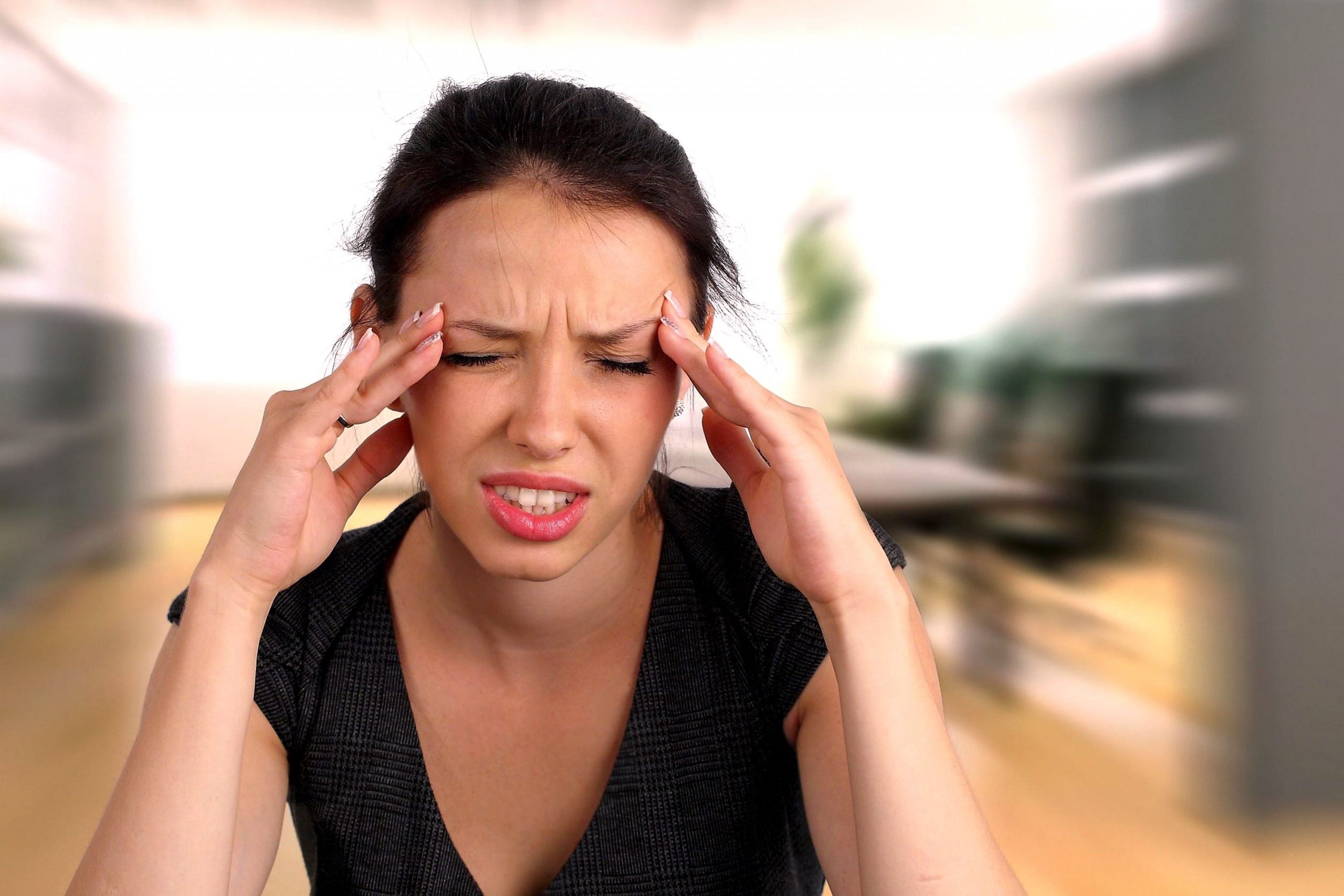
Labyrinthitis or vestibular neuritis: what it is, how it is diagnosed and what treatments are available
Widely used today in common parlance but no longer used by specialists, the term ‘labyrinthitis’ originated in the pre-antibiotic era when otitis media could complicate into otomastoiditis and thus affect the inner ear (or labyrinth) and from there evolve into meningitis
Today, the correct term is vestibular neuritis, an inflammation of the cells (neurons) of the vestibular nerve ganglion (8th pair of cranial nerves) due to reactivation of the herpes virus.
More rarely, especially in elderly patients, the cause of vestibular neuritis is obstruction of one of the small arteries (ischaemia) that carry blood to the labyrinth or vestibular nuclei.
How labyrinthitis manifests itself: characteristic symptoms of vestibular neuritis
The vestibular nerve is part of the vestibular system, i.e. the receptors in the labyrinth of the inner ear that regulate the static and dynamic balance of our body, as well as being responsible for clear vision during head movements. Their malfunctioning causes falls or instability, vertigo, nystagmus (involuntary oscillatory movement of the eyes).
The most common clinical picture of labyrinthitis is characterised by:
- violent vertigo with sudden onset
- nausea
- vomiting
- inability to walk or stand.
These symptoms gradually improve over days or weeks although modest instability and mild, transient vertigo may persist for months.
Labyrinthitis or vestibular neuritis: the diagnosis
For the diagnosis of labyrinthitis, the ENT specialist first uses anamnestic data, i.e. the patient’s medical history.
Subsequently, the picture of acute vestibular syndrome can be documented with a vestibular examination, with which the specialist assesses
- the inability to walk and stand;
- the deviation in walking and in outstretched arms;
- nystagmus, which can best be visualised with Frenzel glasses or a nystagmographic recording.
The diagnosis can be completed with a neurological examination and an MRI scan, which are useful to rule out neurological damage as the cause of the disorder.
Treatment of labyrinthitis: how to treat vestibular neuritis
The large vertiginous crisis that characterises the onset of labyrinthitis can be treated with antiemetics and vestibulosuppressants, the drugs used to reduce nausea and vomiting. In the case of inflammation of viral origin, the treatment of neuritis involves the use of corticosteroids.
It is then fundamental to follow a rehabilitation course to favour vestibular compensation processes: essentially movement and physical activity of any kind, as soon as the initial acute symptoms regress and the patient’s general condition allows it.
Read Also:
Emergency Live Even More…Live: Download The New Free App Of Your Newspaper For IOS And Android
The Vestibular Rehabilitation Of Vertiginous Patients
Inner Ear Disorders: Meniere’s Syndrome Or Disease
Benign Paroxysmal Positional Vertigo (BPPV): Causes, Symptoms And Treatment
Paediatrics, What Needs To Be Known About Childhood Otitis
Headaches And Dizziness: It Could Be Vestibular Migraine
Migraine And Tension-Type Headache: How To Distinguish Between Them?
Benign Paroxysmal Positional Vertigo (BPPV): Symptoms And Liberating Manoeuvres To Cure It
Parotitis: Symptoms, Treatment And Prevention Of Mumps
Acute And Chronic Sinusitis: Symptoms And Remedies
Tinnitus: What It Is, What Diseases It Can Be Associated With And What Are The Remedies
Barotrauma Of The Ear And Nose: What It Is And How To Diagnose It
How To Remove Something From Your Ear
What To Do In Case Of Earache? Here Are The Essential Check-Ups
Perforated Eardrum: What Are The Symptoms Of A Tympanic Perforation?
Earache After Swimming? Could Be ‘Swimming Pool’ Otitis
Swimmer’s Otitis, How Can It Be Prevented?
Deafness: Diagnosis And Treatment
Otitis: External, Medium And Labyrinthitis


